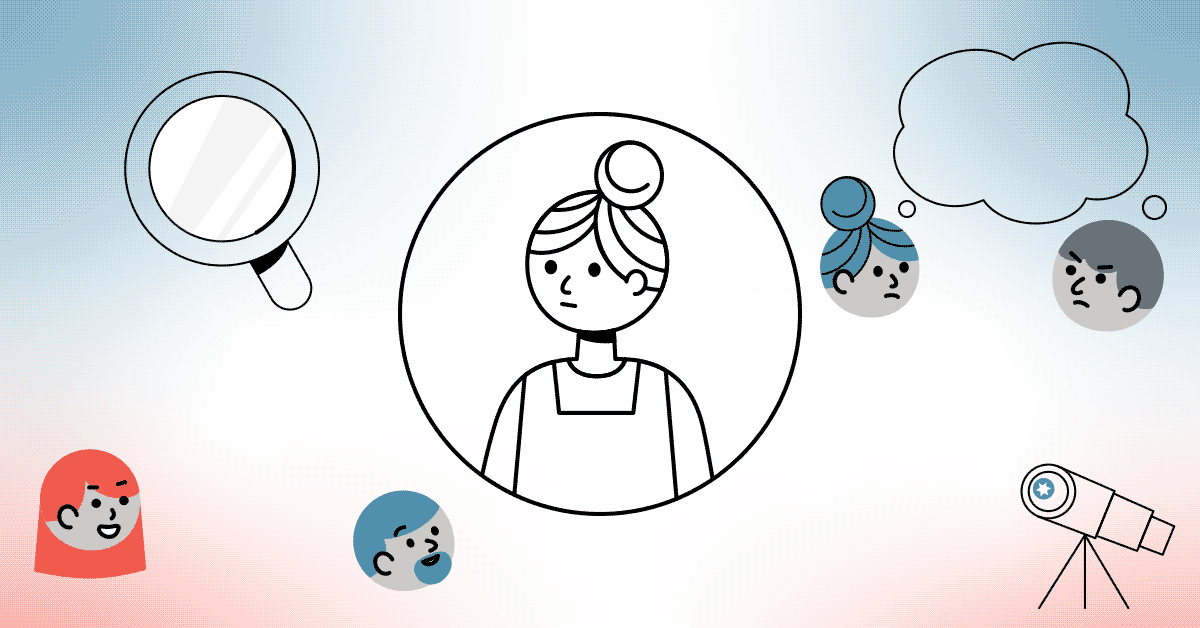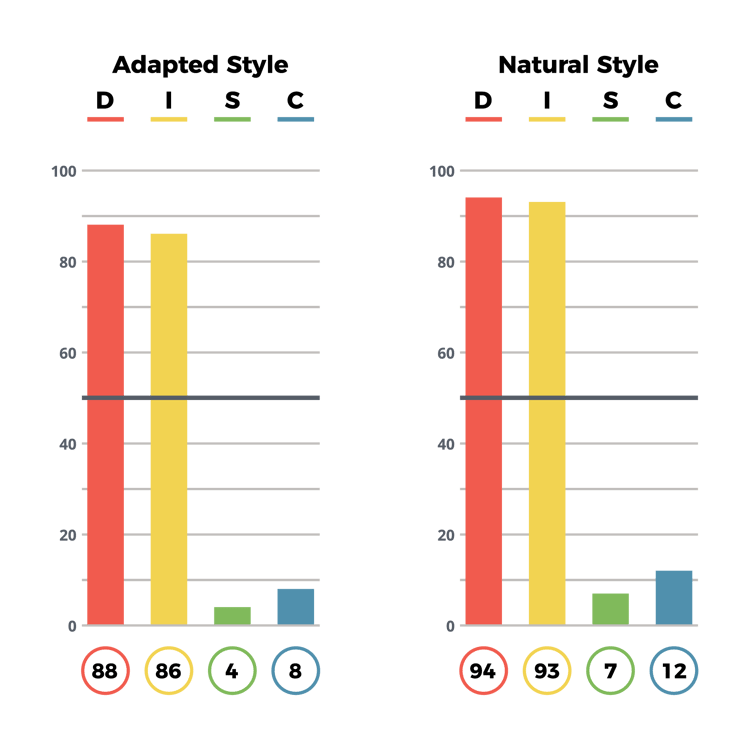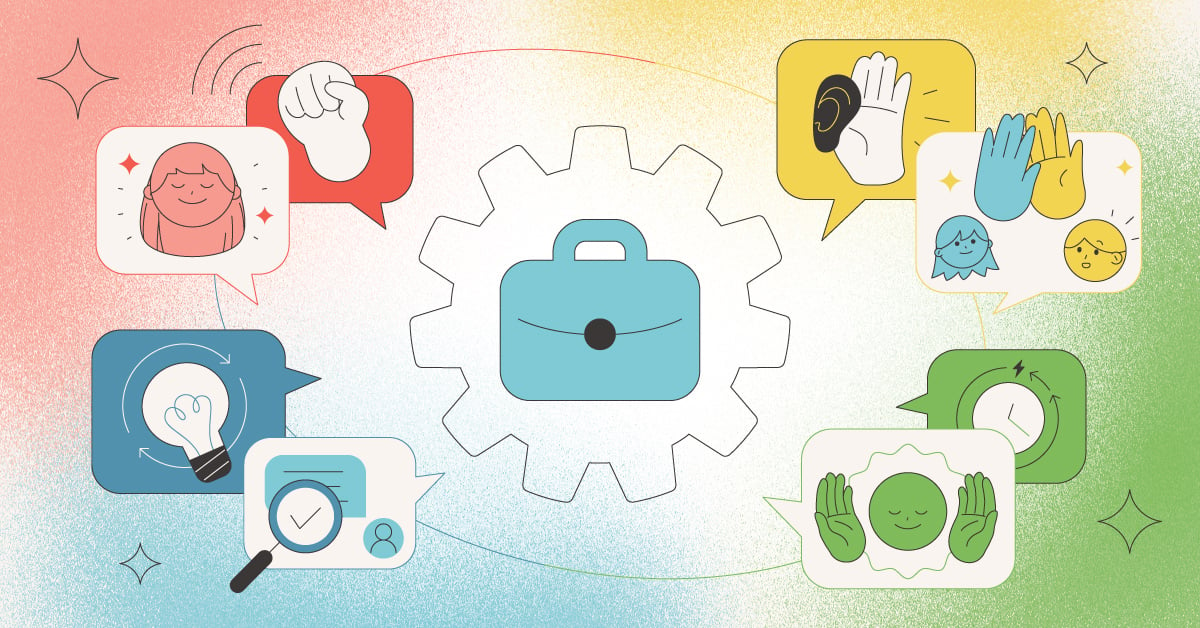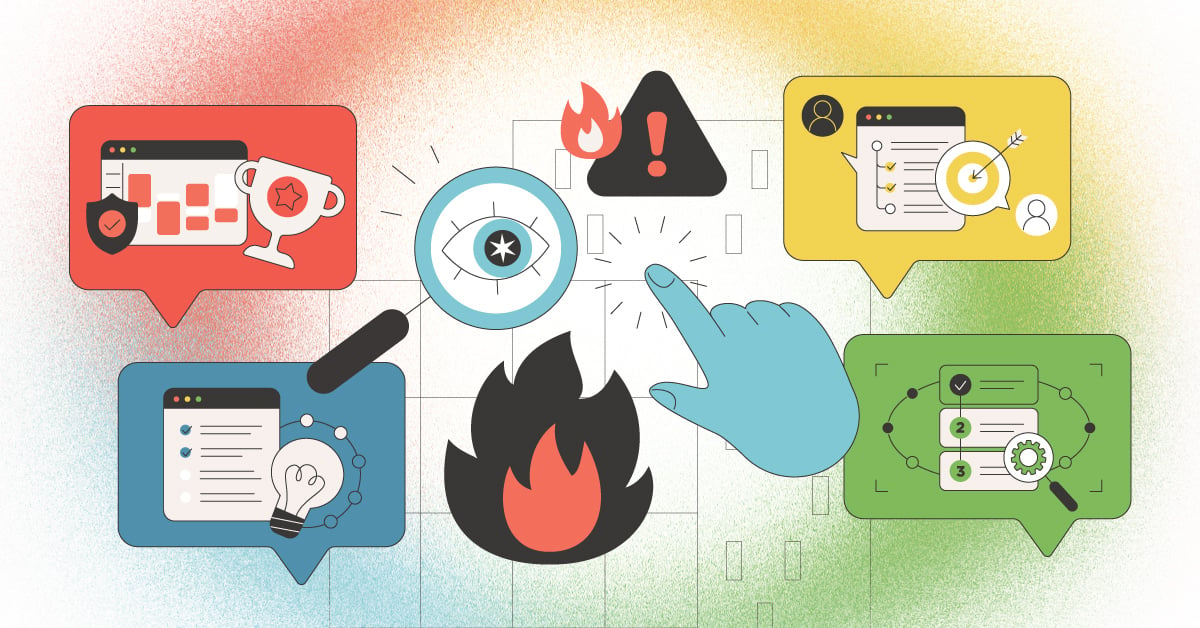
We’ve all heard talking about how important it is to play to your strengths and truly own your unique personality, especially in the workplace. Unfortunately, that isn’t always well received; too often, advice and thought leadership skews towards a few distinct personality types and ignores the rest.
The good news, however, is that you can take your future into your own hands, no matter your personality type. If you know how to leverage your unique behavioral style, you can advocate for yourself in the workplace and hit the goals you set for yourself.
Here are four to leverage your unique behavioral style in the workplace.
1. Lean Into It
This might seem obvious, but self-acceptance is the foundation for your success. All too often in the workplace, we see people shifting their styles to adapt to the roles they’re given, instead of playing to their natural strengths.
At TTI SI, our DISC assessment shares both Natural and Adapted graphs. The difference between these two is important; it shows the difference between how an individual prefers to do what they do (Natural), and how an individual adapts their behavior to fit the situation they’re in (Adapted).

You can certainly adapt your behavioral style, but it’s eventually going to take a toll. Over-adapting too often can leave you feeling burned out, misunderstood, and under appreciated. If you feel like you’re over-adapting frequently in your current situation, check in with yourself.
What are the effects of your actions? How can you change your work role or responsibilities to better support yourself? (This infographic breaks down what adaptations look like and how they affect you.)
Understand that your behavioral style, while always able to be improved, is in fact what makes you, you.
2. Leverage Your Weaknesses Into Opportunities

It’s easy to balk at the word ‘weakness’, but a truly self aware individual knows that a weakness is nothing to be ashamed of. Everyone has areas where they shine and areas that they could improve, and actually acknowledging that is already a big step towards improvement.
I can speak from personal experience. If we’re using the lens of DISC, I’m a high I/S. On the DISC wheel, that puts me in the Relator position. I’m highly motivated by people, not tasks, and I’m a great listener.
What I’m not great at is pivoting; my agility in the workplace was leaving something to be desired. I found that when I wasn’t communicating that to my team properly, I was getting left behind in meetings and missing the details that I needed to be successful.
I asked for the clarity I needed for my team while also adjusting my mindset; I know others move faster than I do, and it’s a good thing to try to keep up. As a result, we fell into stride together.
By working to understand yourself, you can take your weaknesses and turn them into opportunities for improvement. A great way to start this process is to take a behavioral assessment. The right assessment is an unbiased, scientific source of information that gives you an impartial and practical view of your behavior.
3. Pick Your Battles
 One of the most important skills you can take into the workplace is the ability to manage conflict. When you start learning about yourself and applying the lens of assessments personally, your ability to understand others will clearly follow.
One of the most important skills you can take into the workplace is the ability to manage conflict. When you start learning about yourself and applying the lens of assessments personally, your ability to understand others will clearly follow.
But there’s one thing that might not follow so clearly, and that’s how others react to you. After all, at the end of the day, all you can control is yourself and your own behavior. No matter how hard you try to adapt and understand those around you, situations that cause conflict are going to arise.
The good news is that you can leverage your unique behavioral style to resolve the situation. If you know when to adapt, you’ll also know when to stand your ground, and vice versa. Not every conflict is worth opening up a wider dialogue about, but when it comes to situations about communication, expectations or conflicting work styles, you need to be able to express your needs while respecting others. Use your strengths to do that.
4. Find a Mentor
We’ve talked a lot about the practical application of behavioral styles for success in the workplace. Now it’s time to talk about how to actually make that happen.
One of the best ways to learn exactly how to leverage your behavioral style is to find a mentor. There are a few ways you approach building this valuable professional relationship.
Find a Mentor With Your Style

At the end of the day, everyone just wants to be understood. Finding a mentor with a similar behavioral style can be extremely beneficial for people looking to plot out their career and plan long term development.
This is an especially good idea if you have a behavioral style that doesn’t get represented in typical leadership roles. For example, if you have a low I in DISC (also called a Reserved behavioral style), finding a mentor with a similar approach to people and contacts will help you navigate tricky situations.
Find a Mentor With Your Opposite Style
This spins our previous example on its head, but it makes sense; if you get advice and guidance from someone very different from you, you can leverage your strengths while broadening your worldview and consideration of others.
This kind of relationship will mutually benefit both you and your mentor. Working to understand the perspective of someone you work closely with but don’t naturally align with is not easy, but it is rewarding and creates a dynamic environment to learn from one another. It helps you gain a perspective you might not have understood before.
Go Your Own Way
Putting in the work to really understand yourself and the ways you move through the world isn’t easy, but it is worth it.
Investing in yourself will always pay off, since you are the person you spend the most time with. Leveraging your unique behavioral style is all about perspective; seek out external input, make moves purposefully, and embrace what makes you you.
Interested in getting started with TTI SI? We’re here to help. Contact the team at TTI SI to find out how you can harness the power of assessments.



![Don’t Let Your Behavioral Style Haunt You [Infographic]](https://blog.ttisi.com/hubfs/Halloween-Infographic_DontLetYourBehavioralStyleHauntYou_Email_Header.png)
